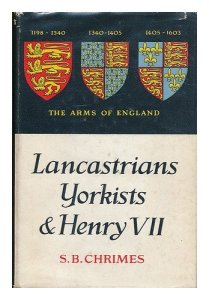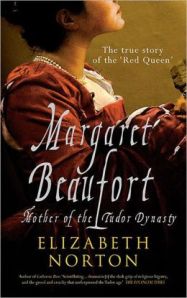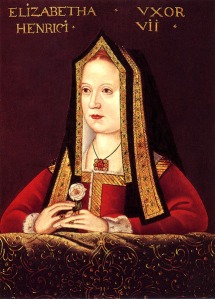
In the course of doing some research on Lady Katherine Gordon, the Scottish noblewoman who married Perkin Warbeck, the pretender to the English throne, I came across a reference to “The Perkin Warbeck Conspiracy 1491-1499” by Ian Arthurson. I was very lucky a book seller in close-by Colorado Springs had a used copy of the book and received it quickly in the mail. While I knew the basic story of Warbeck, I certainly wasn’t versed in all the details.
Arthurson has done considerable and impeccable research on this subject and written books and articles about it. The book begins with Warbeck’s confession which is certainly unsatisfactory but Arthurson says it appears to be sincere and shouldn’t be doubted. While it is far from the complete story of what occurred, it is very telling. Arthurson continues by filling in the gaps of the confession, beginning with Warbeck’s origins in the city of Tournai in what is now Belgium.
In the nineteenth century, James Gairdner found information in the Tournai archives about Warbeck, his parentage and his family. Warbeck clearly was not a Plantagenet. Arthurson includes the family tree of the Werbecques of Tournai. Perkin’s grandfather Diercq was a boat builder and Perkin’s father Jehan was a pilot. The family was entrepreneurs who held town offices and even higher posts; they associated with princely courts and were well educated. Perkin was not the son of a lowly boatman but from the governing classes of Tournai (guilds).
Warbeck left home when he was relatively young, becoming a merchants assistant. This allowed him to travel very far, associating with many people and princes. He spent a considerable amount of time at the court of the Portuguese king. Later, he was taken to Ireland by his Breton master Pregent Meno. This is where the origins of the pretender conspiracy begin.
The Irish has accepted an earlier pretender named Lambert Simnel in an attempt to dethrone the new Tudor (Lancaster) king of England, Henry VII. In 1487, Simnel had actually been crowned at Christ Church Cathedral in Dublin as King Edward VI. So Ireland was ripe with conspiracies. While Warbeck was in Ireland, he was mistaken for the young Edward, Earl of Warwick, son of George Plantagenet, Duke of Clarence and brother of King Edward IV. Warbeck denied he was Warwick. Some people said Warbeck was an illegitimate son of King Richard III. Again Warbeck denied this. Eventually, it was decided Warbeck was Richard, Duke of York, second son of King Edward IV, who supposedly was murdered in the Tower of London. Warbeck denied this too but eventually was persuaded to go along. There was rebellion in Ireland in York’s name with Warbeck as the focus. Due to ineptitude and a lack of funds, it took some time to quell this rebellion but eventually it died down.
Warbeck made his way to France where he was in March 1492 when King Henry VII attacked France. Warbeck was forced to flee, going to the court of Margaret, Dowager Duchess of Burgundy. Margaret would have been Richard, Duke of York’s aunt. Margaret took up Warbeck’s cause and he was even accepted as the real Duke of York by Maximillian I, Holy Roman Emperor. All of this plays into the politics and diplomacy of the time. Arthurson goes on to explain the players in the Warbeck conspiracy, the battles, who funded him, who supported him, who raised troops and supplied ships, who was executed because of the rebellions and who was pardoned. Arthurson is fair and honest in his assessment of all the players from the kings and emperors all the way down to the lowliest conspirator.
Arthurson cites all the sources from the era, fiction and non-fiction. He is very convincing in his assessment of Perkin Warbeck as a supreme actor. He must have been to carry out this persona for eight years. Whether those who supported him believed him to be Richard, Duke of York is immaterial as the rebellions and conspiracies happened anyway. Warbeck was able to carry off his role of pretender with incomparable ability and ease. This book reads like a detective story and I enjoyed it very much. If you want to know the truth about Perkin Warbeck, this is the book.









You must be logged in to post a comment.